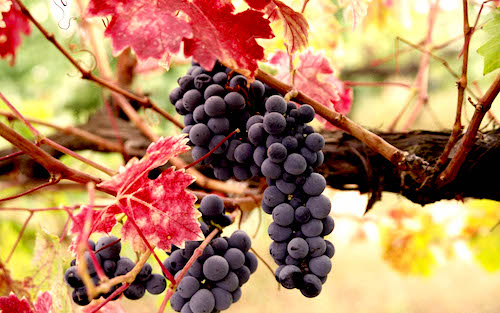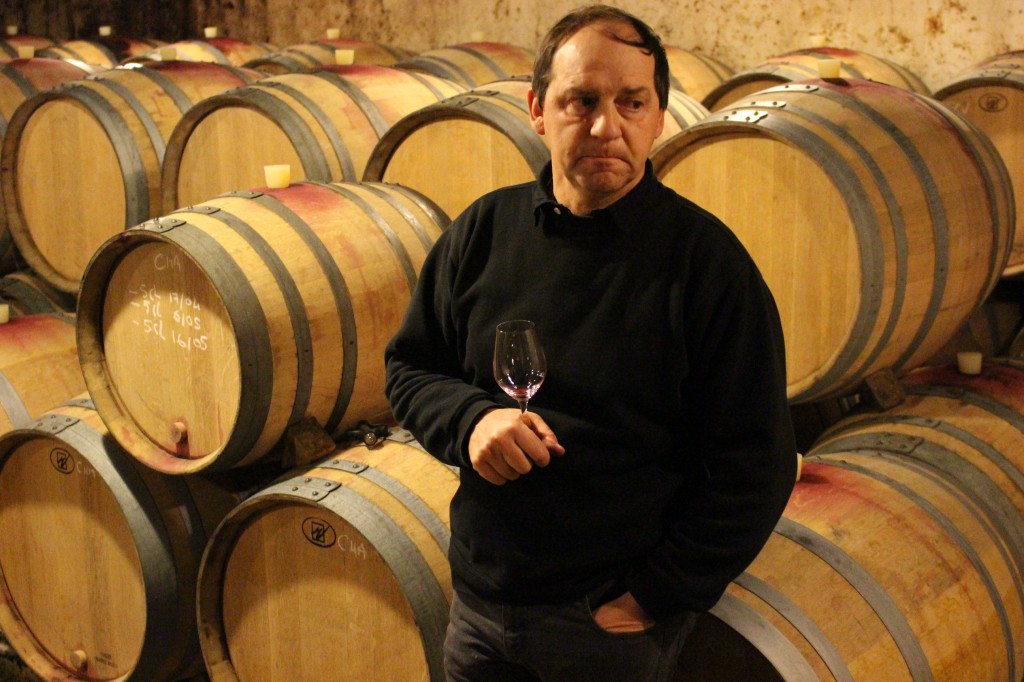by Wine Owners
Posted on 2015-12-09
Robert Parker has consistently highlighted low yields over the years as a key indicator of quality. It’s a belief over which he’s been challenged by producers and experts alike.
But is he wrong? Are low yields a prerequisite for wines of character and nuance that we so crave, or is this just a red herring seized upon by eager wine writers whose understanding of winemaking techniques are inadequate?
Jordon Ross of Oenology International points to a run of vintages where the worst wines from the key regions of Bordeaux, Burgundy and California were made from lowest production vintages, whereas the best wines came from those where production was highest.
His misgivings, and those of producers he interviews such as Dominique Lafon, are down to the belief that low yields sell wine and that old vines do not necessarily produce better wines than young vines.
M. Lafon highlights an extreme case to argue that view “Some producers here are talking low yields but with so many dead vines in their vineyards that it’s nonsense, it means nothing.”
That’s as maybe, but let’s not allow rotten vineyard husbandry to define the argument and allow the rejection of the notion that low yields might nonetheless be an important factor behind quality.
I for one am more than happy to accept that a little knowledge is a dangerous thing, that my own technical base - like the know-how of most collectors - is relatively scant, and that it’s easy to grossly oversimplify.
However, I do possess one means of very subjectively putting the question to the test, and that’s my palate. When all is said and done, surely that’s what matters most?
Burgundy seems to be a particularly good and topical reference point when discussing yields given the run of low yield vintages the region endured 2010-2014.
The true colours of a fine wine show with age, long after they've been evaluated by tasters in their first blush of youth (or in the case of Burgundy as échantillons untimely plucked from the comfort of their oak casks).
Vintages blessed with good production volumes and generally fine weather - 1990 and 1999 being prime examples that were lauded upon release - whilst studded with beautiful wines, contain as many examples that are bland and fruity, but fall short of complex or exciting.
On the other hand, there are many wines from low-yielding vintages characterised as difficult or gawky upon release, which 15-20+ years on show a level of intensity and aromatic complexity that are more than a match for the bigger, ‘better’ vintages. For example, there are truly wonderful wines from 1998 (Gouges, Barthod, Bachelet, Mortet) that at release were described (correctly in my view) by Jancis Robinson as ‘tough and stolid’. 18 years on, and they have matured into exceptionally complex, deeply toned wines.
Seeking out the best producers is a must of course, since there are great, good, average and awful ones irrespective of anything else.
Talking of great, no one does it better in Barolo than Roberto Giacomo. His transparent Monfortino 2002, with its tiny yields from a dismal vintage, is a very special wine of weightless proportions. It will never be mistaken for a hot year like 1997 or 2004, but so what? The wine has a rare aromatic subtlety and sweetness that makes it a rarity.
So what of more recent vintages? Bill Nanson talks about 2012 red Burgundy as a vintage visited by ‘the four horsemen of the apocalypse’! It wasn’t easy and yields were considerably reduced. Will it prove to be a great vintage? I believe so, with the best wines surely destined to be as good as 2010 or 2005. There is a fabulous vitality to the vintage that ought to see the best examples blossom into wines of great character.
As if that wasn’t bad enough from a vigneron perspective, 2013 was worse: an exceptionally low yielding year, blighted by a summer that only dared speak its name in July. Although the wines can seem lean and dry at times (evident in January 2015’s échantillons in London), on another day from barrel in situ they show fine, sappy, delineated fruit.
Even though 2013s have higher acidity levels and bright flavours, my guess is that the miserly yields and consequent concentration of juice will compensate over time and make some fine older bones, unlike the much higher-yielding 1996 vintage which remains angular and more often than not lacking.
So far we’ve discussed low yields resulting from nature’s hand.
When it comes to the age of vines and yields per vine, it seems to me the argument is rather more clear-cut. Assuming the producer puts the necessary time and effort into vineyard husbandry, older vines and the naturally occurring lower yields seem to very obviously impart intensity and complexity to the end result. When Clive Coates talks about ‘creamy old vine flavour’ I get what he’s describing.
So, whilst accepting that low yields per se do not necessarily mean good wine, to deny its very significant contribution to creating truly great wines and their appreciation seems unnecessary.

by Wine Owners
Posted on 2015-02-13
It was February 2007, and Denis was particularly excited. He’d just had a call from the American Ambassador in Paris, who was driving down to Gevrey Chambertin to taste his exceptional 2005s. If ever there was a defining moment in his gradual, understated rise to superstardom could this have been it?
Whilst every wine that Denis makes is exceptional in its classification, it is his Charmes that encapsulates the magic of his low-intervention winemaking from extremely old vines. To our taste, it is the finest of all Charmes Chambertins.
With top vintages, such as 2005 in £4,000-5,000 territory (if you can find any), 2007 looks remarkably good value at £1,575.
2007 is an earlier drinking vintage – but with a velvety density that delivers a sensation of lusciousness over the underlying soft tannins. Think of 2000 but with greater density and finesse. The fruit is still primary and will take a year or so yet for the secondary elements to show and express themselves. It should be at its peak around 2016-2020.
His wines are at complete ease in their metaphorical skins. Perfectly weighted, allied to a fine intensity and directness. There are no disappointing vintages here, just wines to drink a little earlier than others.
In a recent comparative tasting of 1999 and 2001 vintages alongside Armand Rousseau’s Charmes, Denis’s simply blew them away. 2002 Charmes also showed its class more recently in the same company as grand crus of the same vintage from Roumier, Rousseau and Ponsot.
Last year, a few of us attended a Charmes dinner, attended and written up by arguably the finest burgundy critic of his generation, Neal Martin, in The Hedonist’s Gazette.
Here are his summary scores:


